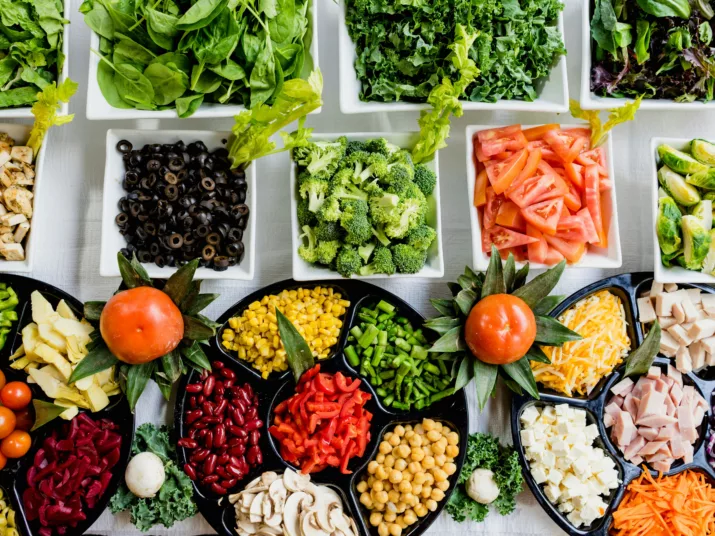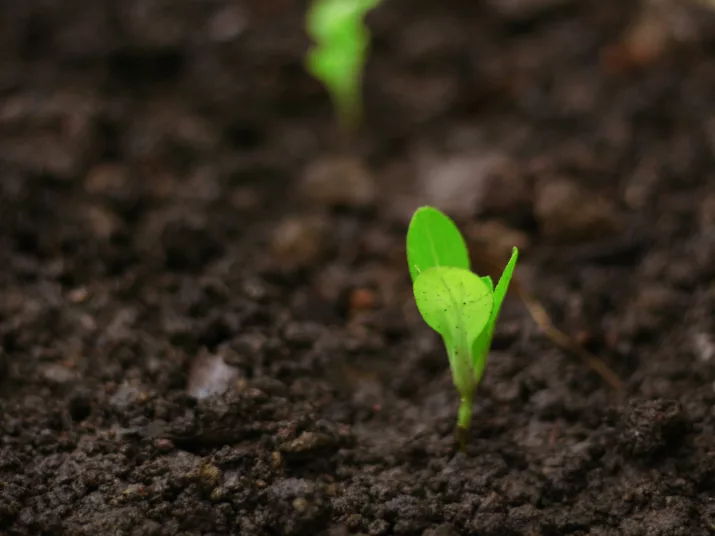
For a world without hunger
A world without hunger - that is the goal. But we are still a long way off: in 2023, around 733 million people suffered from hunger - 122 more than in 2019. And many more people are affected by food insecurity: Over 2.3 billion people did not have secure access to nutritious, healthy and affordable food.
Photo: Dan Gold on Unsplash
What are the reasons? It is not because too little food is being produced worldwide. Wars and conflicts, poverty and inequality and extreme weather events such as droughts and floods are among the main causes.
At the same time, however, the world's population is growing and with it the demand for food. Not only because more people need to be fed, but also because eating habits are changing: In many countries, meat consumption, which is particularly land- and resource-intensive, is on the rise. However, agriculture already uses almost half of the world's habitable land area. Further expansion endangers ecosystems and biodiversity and exacerbates climate change.
So how can we feed more people in the future without harming the environment?
1. sustainably increase yields
Over the course of the 20th century, the modernization of agriculture in the global North has led to a rapid increase in yields - in Germany, for example, one farmer fed 17 people in 1960 and 147 in 2022.
However, in many regions, especially in the global South, the potential yields have not yet been reached.Improved seeds, better fertilization or optimized crop rotations can close so-called yield gaps - without taking up additional land.However, this must be done in the most sustainable way possible in order to minimize the negative effects of intensive agriculture.
2. reduce losses
A significant proportion of the food produced worldwide is lost or wasted - from cultivation, transportation and storage to trade, gastronomy and private households. Approximately one third is lost worldwide. In the Global South, post-harvest losses can be reduced by improving storage facilities and infrastructure, for example. But even in the North, every individual can do something: in Germany, for example, 76 kg per person per year is thrown away in private households (including non-edible components).
3. change eating habits
A large proportion of grain and soy is not eaten directly by humans, but is used as animal feed. If we reduce our meat consumption, we can feed more people on the same amount of land. We could also significantly reduce CO2 emissions from agriculture, as livestock farming is responsible for around two thirds of greenhouse gas emissions. Scientists have developed the Planetary Health Diet, which can serve as a guide for the diet of the future.


